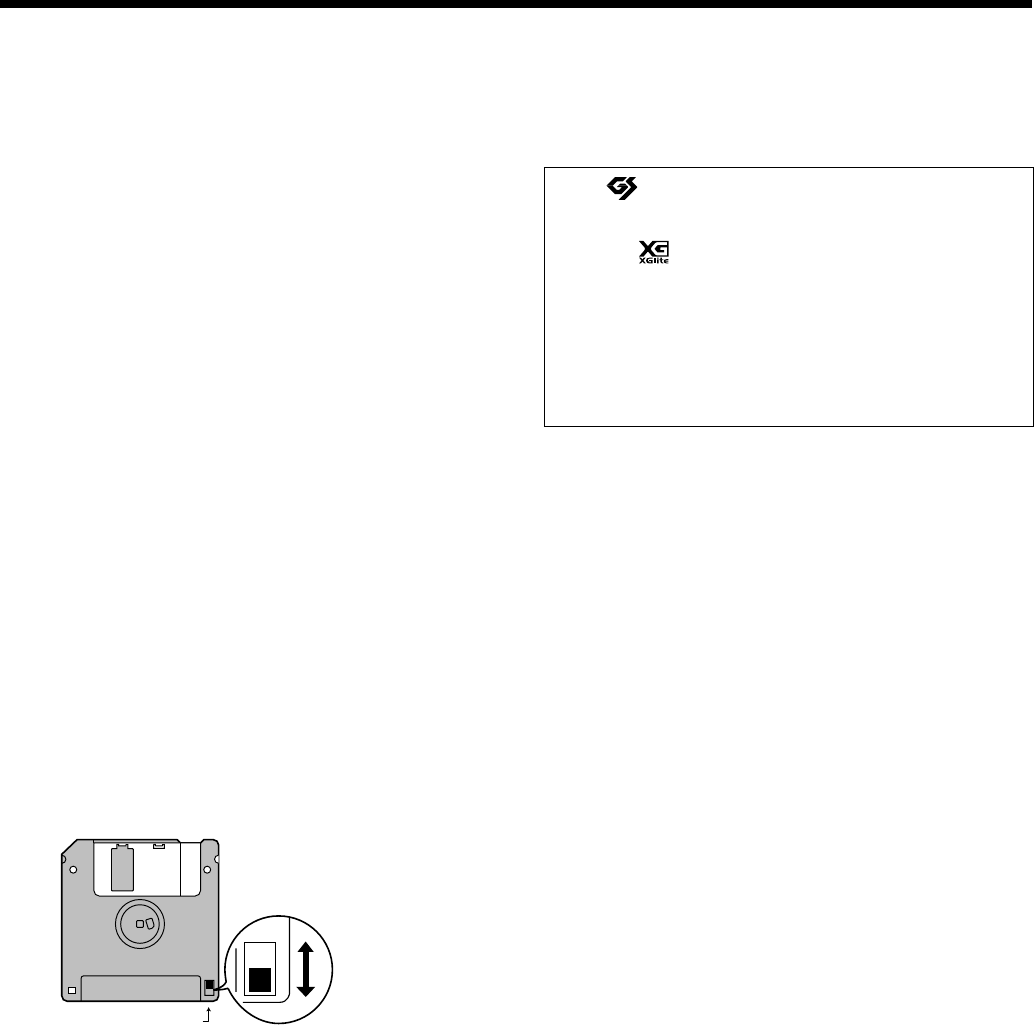
6
562
• Use a cable from Roland to make the connection. If using some
other make of connection cable, please note the following precau-
tions.
• Some connection cables contain resistors. Do not use cables
that incorporate resistors for connecting to this unit. The use
of such cables can cause the sound level to be extremely low,
or impossible to hear. For information on cable specifications,
contact the manufacturer of the cable.
565
• Before opening or closing the keyboard lid, always make sure
that no pets or other small animals are located on top of the
instrument (in particular, they should be kept away from the
keyboard and its lid). Otherwise, due to the structural design of
this instrument, small pets or other animals could end up getting
trapped inside it. If such a situation is encountered, you must
immediately switch off the power and disconnect the power cord
from the outlet. You should then consult with the retailer from
whom the instrument was purchased, or contact the nearest
Roland Service Center.
Handling Floppy Disks
(Using the Floppy Disk Drive)
• Floppy disks contain a plastic disk with a thin coating of
magnetic storage medium. Microscopic precision is required to
enable storage of large amounts of data on such a small surface
area. To preserve their integrity, please observe the following
when handling floppy disks:
• Never touch the magnetic medium inside the disk.
• Do not use or store floppy disks in dirty or dusty areas.
• Do not subject floppy disks to temperature extremes (e.g.,
direct sunlight in an enclosed vehicle). Recommended
temperature range: 10 to 50˚C (50 to 122˚F).
• Do not expose floppy disks to strong magnetic fields, such as
those generated by loudspeakers.
652
• Floppy disks have a “write protect” tab which can protect the
disk from accidental erasure. It is recommended that the tab be
kept in the PROTECT position, and moved to the WRITE position
only when you wish to write new data onto the disk.
• The identification label should be firmly affixed to the disk.
Should the label come loose while the disk is in the drive, it may
be difficult to remove the disk.
654
• Store all disks in a safe place to avoid damaging them, and to
protect them from dust, dirt, and other hazards. By using a dirty
or dust-ridden disk, you risk damaging the disk, as well as
causing the disk drive to malfunction.
• Disks containing performance data for this unit should always be
locked (have their write protect tab slid to the “Protect” position)
before you insert them into the drive on some other unit (except
the PR-300, or a product in the HP-G, HPi, MT, KR, or Atelier
families), or into a computer’s drive. Otherwise (if the write
protect tab remains in the “Write” position), when you perform
any disk operations using the other device’s disk drive (such as
checking the contents of the disk, or loading data), you risk
rendering the disk unreadable by this unit’s disk drive.
Handling CD-ROMs
801
• Avoid touching or scratching the shiny underside (encoded
surface) of the disc. Damaged or dirty CD-ROM discs may not be
read properly. Keep your discs clean using a commercially
available CD cleaner.
Rear side of the disk
WRITE
(you can save data to the disk)
PROTECT (you cannot save data)
Protect tab
* GS ( ) is a registered trademark of Roland Corpo-
ration.
* XG lite ( ) is a registered trademark of Yamaha
Corporation.
207
* Apple and Macintosh are registered trademarks of Apple
Computer, Inc.
220
* All product names mentioned in this document are trade-
marks or registered trademarks of their respective
owners.
KR105.book Page 6 Tuesday, June 7, 2005 5:25 PM


















